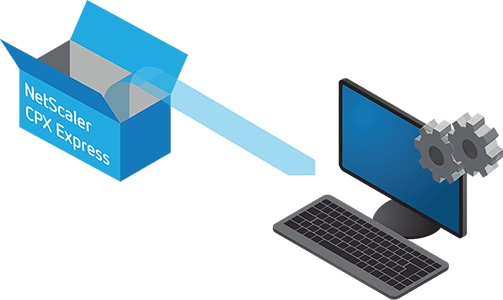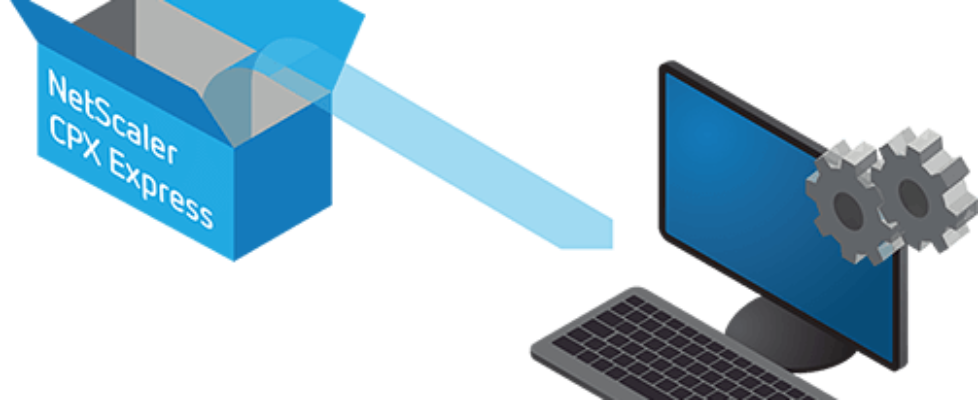Citrix NetScaler CPX Express released

NetScaler CPX Express is a developer version of CPX that is free and unlicensed. It supports up to 20 Mbps and 250 SSL connections. CPX Express supports most of the feature set of CPX with the exception of TCP Optimization and L7 DDoS. CPX Express is integrated with Google Kubernetes, Docker Swarm, and Apache Mesos container management systems
Citrix NetScaler CPX is a container-based application delivery controller that can be provisioned on a Docker host. NetScaler CPX enables customers to leverage Docker engine capabilities and use NetScaler load balancing and traffic management features for container-based applications. You can deploy one or more NetScaler CPX instances as standalone instances on a Docker host.
A NetScaler CPX instance provides throughput of up to 1 Gbps.
This document assumes that you are familiar with Docker and how it works.
NetScaler CPX Express is a developer version of CPX that is free and unlicensed. It supports up to 20 Mbps and 250 SSL connections. CPX Express supports most of the feature set of CPX with the exception of TCP Optimization and L7 DDoS.
NetScaler CPX supports the following features:
- Application availability
- L4 load balancing and L7 content switching
- SSL Offloading
- IPv6 protocol translation
- Application security
- L7 rewrite and responder
- Simple manageability
- Web logging
- AppFlow
The configuration of a NetScaler CPX is typically built up with a series of virtual entities that serve as building blocks for traffic management. The building block approach helps separate traffic flows. Virtual entities are abstractions, typically representing IP addresses, ports, and protocol handlers for processing traffic. Clients access applications and resources through these virtual entities. The most commonly used entities are virtual servers and services. Virtual servers represent groups of servers in a server farm or remote network, and services represent specific applications on each server.
Most features and traffic settings are enabled through virtual entities. For example, you can configure an appliance to compress all server responses to a client that is connected to the server farm through a particular virtual server. To configure the appliance for a particular environment, you need to identify the appropriate features and then choose the right mix of virtual entities to deliver them. Most features are delivered through a cascade of virtual entities that are bound to each other. In this case, the virtual entities are like blocks being assembled into the final structure of a delivered application. You can add, remove, modify, bind, enable, and disable the virtual entities to configure the features.
Learn more about the NetScaler CPX here

